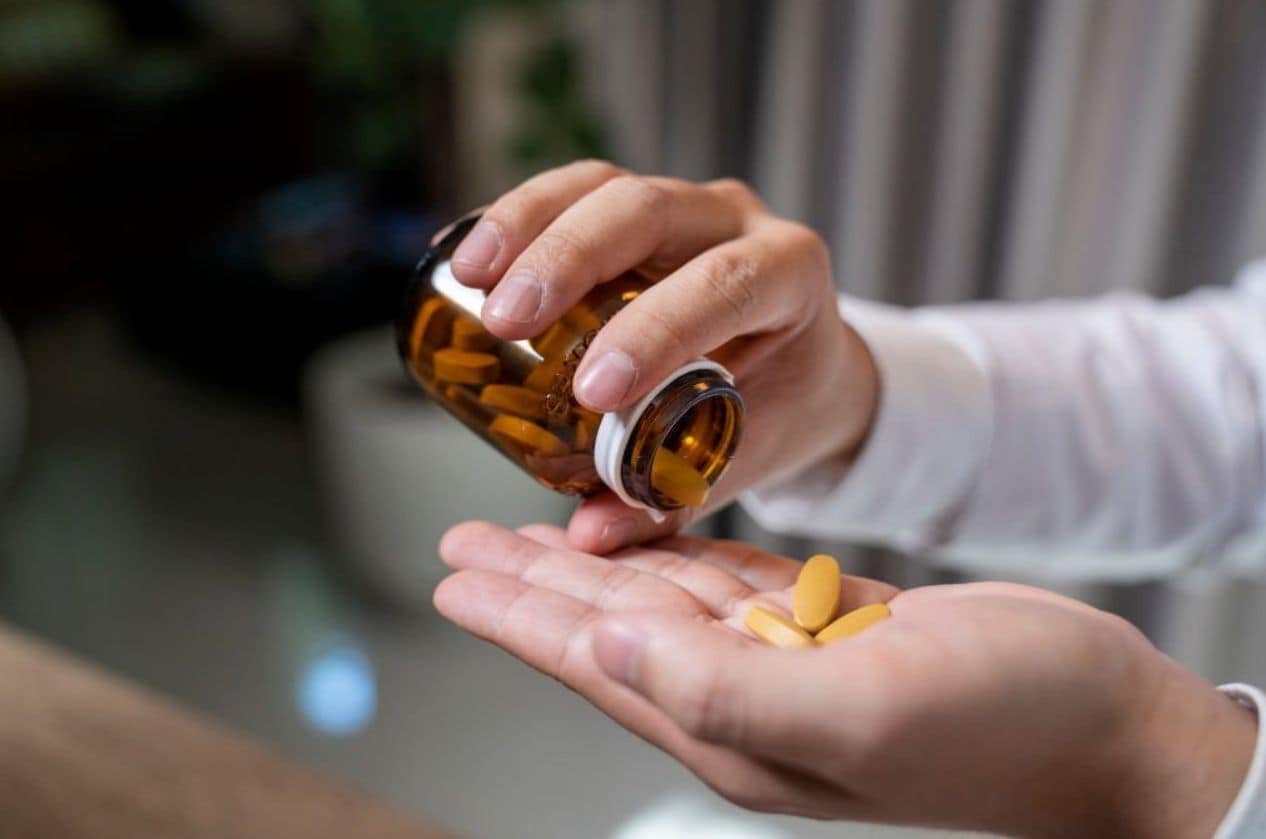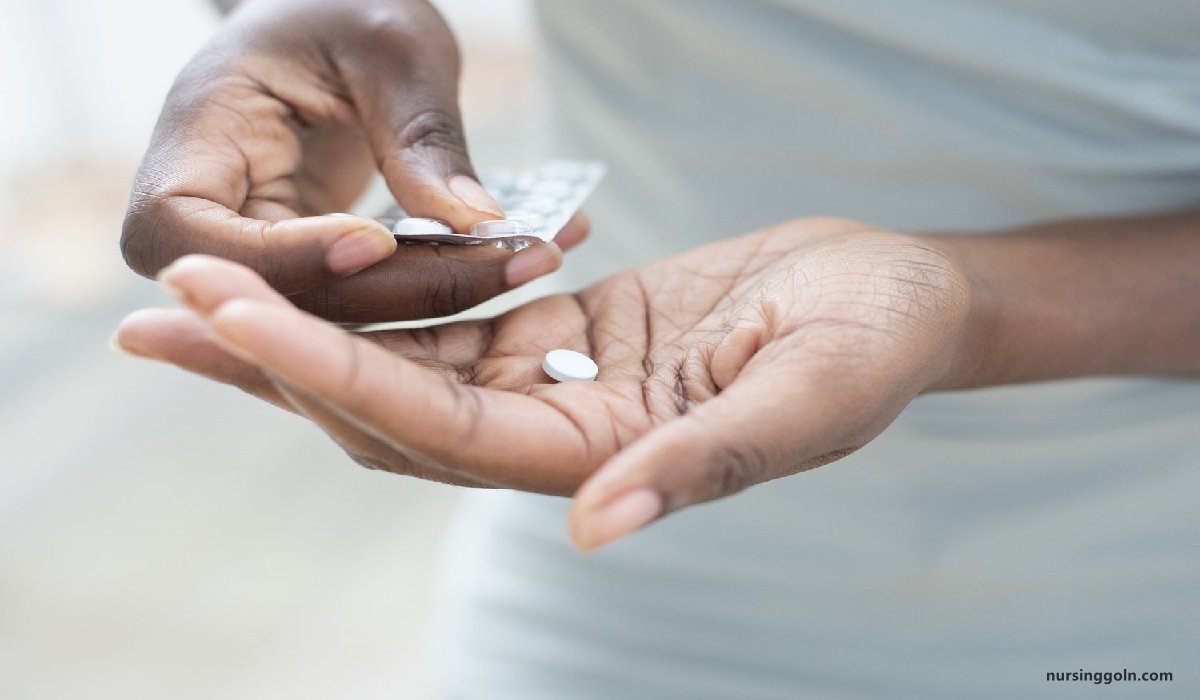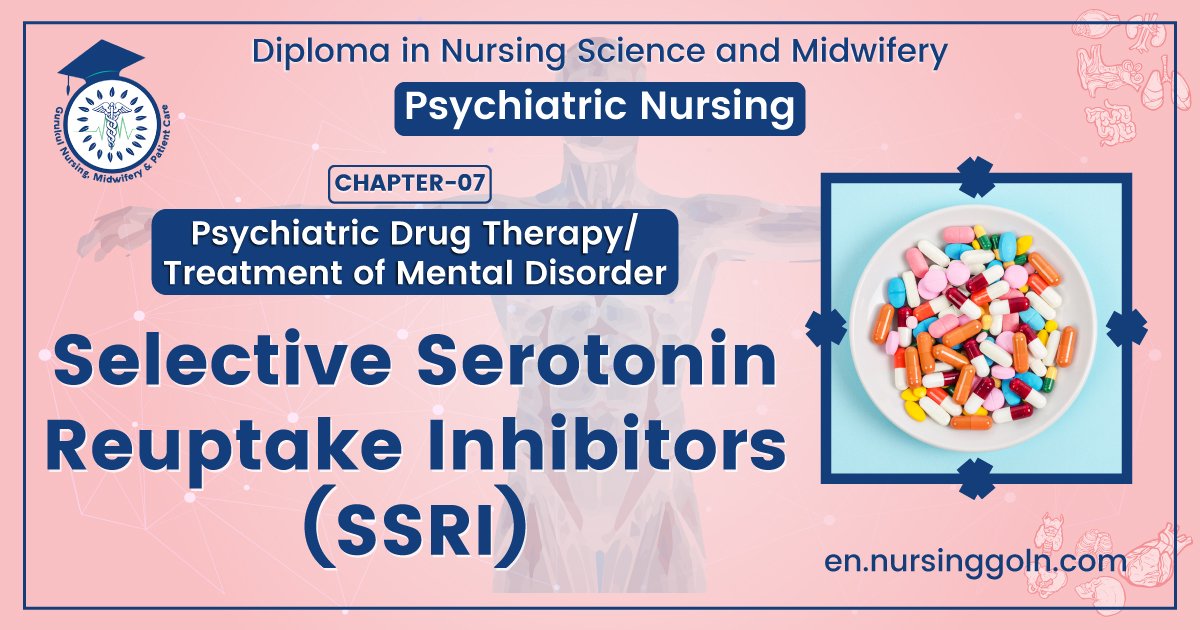Selective Serotonin Reuptake Inhibitors (SSRI) – This book covers the entire syllabus of “Psychiatric Nursing” prescribed by the Universities of Bangladesh- for Basic and diploma nursing students. We tried to accommodate the latest information and topics. This book is an examination-friendly setup according to the teachers’ lectures and examination questions.
At the end of the book previous university questions are given. We hope in touch with the book students’ knowledge will be upgraded and flourish. The unique way of presentation may make your reading of the book a pleasurable experience.

Selective Serotonin Reuptake Inhibitors
Convulsion is a violent involuntary spasmodic contraction of the skeletal muscles produced as a result of powerful stimulation of motor neurons in the CNS.
Anticonvulsant drugs:
| Drug | Dose |
| Sodium valproate | 500 to 2000 mg/day |
| Carbamazepine | 400-1200 mg/day. |
| Oxcarbazepine | 400-1200 mg/day. |
| Lamotrigine | 100-200 mg/day |
| Topiramate: | 200-400 mg/day |
[Ref: S Nambi/24/185-186]
Indications of carbamazepine:
1. In the treatment of mania
2. Used as a prophylactic for bipolar disorder alone or in combination with lithium.
3. Also indicated in other diseases like
4. Depression
5. Schizoid disorder
6. Schizophrenia – to control aggressive behavior
7. Alcohol withdrawal syndrome
Adverse effects of carbamazepine:
1. Drowsiness
2. Sedation
3. Dry mouth
4. Blurred vision
5. Skin rashes
6. Orthostatic hypotension
7. Aplastic anaemia
8. Agranulocytosis
9. WBC and platelets levels decreases
10. Headache
11. Ataxia
12. Constipation
Electro Convulsion Therapy (ECT)
- In April, 1938 Carletti and Bini, Neuro-psychiatrists introduced ECT technique: in 1950
- Von Medona modified the ECT procedure.
- From that time onwards modified ECT technique is implemented and considered as unique psychiatric treatment.
Electroconvulsive therapy (ECT):
‘Artificial induction of a grandmal seizure (tonic phase: 10-15 sec; clonic phase: 30-60 sec) through the application of electrical current to the brain, the stimulus is applied through electrodes which are placed either bilaterally in the fronto-temporal region or unilaterally on the non-dominant side’.
[Ref: KP Neeraja/1/Vol-1/224]
Or,
Electroconvulsive therapy (ECT) is a procedure in which an electric current is applied across scalp electrodes to induce a grand mal seizure.
[Ref: S Nambi/2/190]
Classification of ECT:
1. Direct ECT
➤ Absence of anaesthesia
➤ Absence of muscle relaxation drugs.
2. Modified ECT
➤ Drug induced muscle relaxation and general anaesthesia may or may not be used.
[Ref: KP Neeraja/*/Vol-1/224]
[Other Classifications – Nice To Know]
1. In bilateral ECT, electrodes are placed above the midpoint, on a line joining the tragus of the ear and the lateral canthus of the eye
2. In unilateral ECT, electrode is placed on nondominant side (one side) of the head.
[Ref: KP Neeraja/1/Vol-1/224]

Mode of action of ECT:
The exact mode of action remains a mystery yet, it is known to produce multiple effects on the CNS, including the down regulation of beta receptors commonly seen with antidepressants ECT has neuro-protective effects and stimulates neurogenesis. There is no evidence that ECT causes brain damage.
[Ref: S Nambi/2/190/]
Indications of ECT:
A. Depression:
1. Suicidal tendency te
2. Stuporous condition
3. Endogenous depression
4. Psychotic depression
5. Reactive depression which is not responding to other therapies like psychotherapy. casework, drugs
6. Atypical depression
7. Melancholia.
B. Severe Psychosis:
1. Severe attack of mania
2. Destructive, assaultive behaviour
3. Delirium
4. Schizophrenia
➤ Catatonic and paranoid type
➤ Other types of schizophrenia, not responding to other treatments
5. Organic psychosis
6. Senile and pre-senile dementia.
[Ref: KP Neeraja/T/Vol-1/215]
Or,
1. Major depressive disorder (Severe depression).
2. Bipolar disorder-Both in mania and depressive phase.
3. Schizophrenia-Especially in catatonic type.
4. Post-partum psychosis
5. Depression during pregnancy.
[Ref: S Nambi/2/190]
Contraindications of ECT:
1. Raised intra cranial pressure.
2. Recent cerebro vascular accident
3. Recent myocardial infarction
4. Vascular aneurysm.
5. Retinal detachment.
Or (Another answer)
A. Absolute:
1. Clients with increased intracranial pressure.
B. Relative:
1. Cerebral disorders, e.g. Aneurysm, hemorrhage
2. Brain tumour,
3. CVS diseases like MI, CHF
4. Retinal detachment
5. Severe systematic diseases involving lungs, kidney, heart
6. First trimester of pregnancy
7. Osteomalacia
8. Fractures.
[Ref: KP Neeraja/1/Vol-1/225]

ECT procedure:
Pretreatment Evaluation:
Pertinent history of hypertension, musculoskeletal injuries, osteoporosis, recent myocardial infarction, bronchial asthma, seizure and treatment with anticonvulsants and psychotropic drugs. Preparing the patient-Informed consent, psycho-education to patient and relatives, explaining the good and bad of EСТ.
Procedure:
A. Medications
1. Anticholinergics-to minimize secretions (injection atropine).
2. Anesthesia-Ketamine, propofol.
3. Muscle relaxants-Succinyl choline.
B. Types of electrical stimuli
1. Brief pulse.
2. Sine wave.
C. Electrode placement
1. Bilateral (Preferable).
2. Unilateral (on non-dominated side of scalp)
D. Administering the stimulusest
1. Check the vital signs
2. Apply electrodes.
3. Clear patient’s mouth, remove any hearing aids, dentures,
4. Begin anesthesia.
5. Administer muscle relaxant.
6. Ventilation.
7. Apply bite block
8. Apply electrical stimulus
9. Induce a seizure that is therapeutic.
Monitoring:
➤ ECG.
➤ EEG
[Ref: 5 Namb/2/19]
Complications of ECT:
A. Immediate:
1. Memory impairmente
2. Restlessness
3. Anxiety
4. Confusion
5. Drowsiness
6. Poor concentration
7. Aches: body aches, head ache, painful masticatory movements
8. Tongue bite, abrasions on the lip
9. Dyspnoea, apnoea
10. Cardiac arrest
11. Joint dislocation, e.g. Tempero-mandibular, shoulder
12. Unsteady gait
13. Dryness of the mouth
14. Palpitations
15. Nausea, vomiting.
B. Delayed Effects
1. Amnesia for recent events
2. Confusional psychosis.
[Ref: KP Netraja/I/Vol-1/225-226]

Frequency of ECT
1. No fixed regimen
2. Based on clients’ condition frequency of treatment varies, e.g. in severe excitement cases
3. ECT is given2-3 times/day; followed by alternate days; weekly twice or once a week till the completion of remission of symptoms and up to total improvement.I
4. In schizophrenia clients: 12-15 ECTs may be required
5. MDP cases 6-8 ECTs may be needed
[Ref: KP Neeraja/1*/Vol-1/226]
Members of ECT team:
1. Psychiatrist
2. Anesthesiologist
3. Nurse
4. Nursing aid.
Preparation of a patient before ECT:
1. The client is instructed to be accompanied by the relatives/friends for ECT procedure
2. An informed consent is taken to overcome the fear, confusion and anxieties associated with procedure
3. Nurse should explain the risks and complications related to procedure
4. 4-6 hours of starvation of the client for the NBM; longer period of starvation is preferable 5. To collect the detail history of the client and recorded it, e.g. medial, psychiatric, allergies
6. Through physical examination is absolute necessary
7. Complete neurological checkup is carried out
8. Fundus examination of the eye
9. Chest X-ray is taken
10. Blood, urine analysis are done
11. Check and record the vital signs
12. Withhold night doses of drugs like diazepam, barbiturates, anticonvulsants which increases the threshold of seizure
13. Withhold morning drugs (oral medications)
14. Advise head-shampooing as application of hair oil can result impedance of passage of electricity to the brain
15. Remove the objects like jewel, metallic objects, prosthesis, dentures, contact lens
16. Physical restraints may be necessary in acute cases to prevent powerful body jerky movements/ injury/fall during procedure
17. Tongue depressor or mouth gag is placed within the mouth to prevent tongue bite or lip bite
18. Injection atropine 1/100 grams or 0.6mg subcutaneous or LM is administered before ECT.
[Ref: KP Neeraja/I/Vol-1/226]
Nursing care after giving ECT:
1. Client must be shifted to post-procedure room after the procedure.
2 Check the vital signs every 15 minutes until clients’ condition stabilizes.
3. If client become aggressive/confused/excited/ violent administer 8-10 ml of injection. paraldehyde or 50-100 mg of choropromazine or diazepam 5-10mg I.V to control clients’ behaviour.
4. If any respiratory difficulty, continue 02 supplementation till spontaneous respiration starts
5. Use side-rail cot to prevent fall or injury.
6. Be with the client, if not possible allow aid or attender to be with client until recovery
7. After recovery reorient the client.
8. Relevant findings are documented.
(Ref: KP Neeraju/1/Vol-1/226-227)
Read more:
